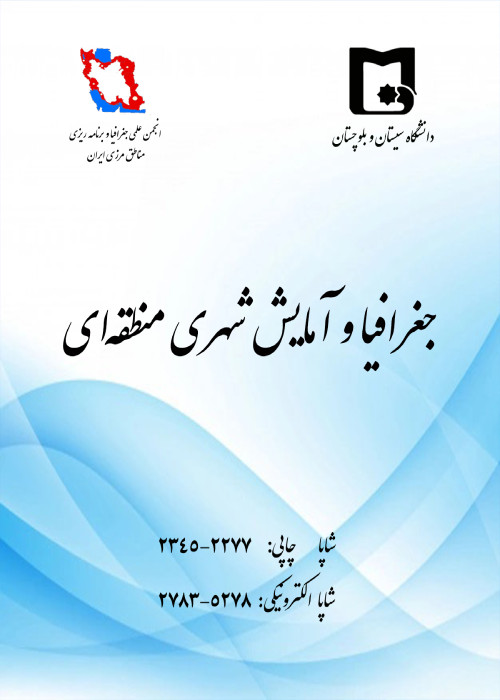Evaluating Rain Erosivity Indices Using Geostatistical Techniques in GIS Environment (Case Study: Golestan Province)
Today, Soil erosion is considered as one of the important issues of watershed management at the national and global levels. Estimating risk of soil reduction and its spatial distribution is one of the key factors for successful assessment of soil erosion. Rain erosivity index is the most important factor affecting soil erosion and is a function of the physical properties of rain. The aim of this study is to evaluate and model rainfall erosivity indices using geostatistical techniques. In the present study, rain erosivity in Golestan province has been modeled and estimated through Fournier, modified Fournier, IAS and Ciccacci models and based on the 20-years statistical period (1999 to 2019) of the Meteorological Organization stations. After calculating the Rain erosivity factor for the desired stations, using inverse distance method (IDW), universal polynomial interpolation (GPI), radial basis function (RBF) and Kriging interpolation, map of rain erosivity indices of the province were drawn and to select the best interpolation method, the statistical indices of root mean square error (RMSE), mean absolute error (MAE) and mean basis error (MBE) were used. The results showed that the modified Fourier method is the best index (based on RMSE, MAE and MBE less in all four interpolation methods) and the radial basis function method is the best method among the methods used to estimate of rain erosivity. The results also showed that the rate of rain erosivity in the central areas of the province, especially the Gorganrood watershed and also eastern north and north of province with average minimum and maximum annual rainfall (216.1 and 776.9) and several points in the southwest of the province with average minimum and maximum annual rainfall (2/205 and 751) have more than the amount of rain erosion coefficient that such changes are affected by the pattern of rainfall distribution, intensity and topographic characteristics. The study of rain erosivity power of Golestan province shows that the pattern of rain erosivity distribution is significantly affected by the average rainfall of the region. So that the amounts of erosivity and average rainfall in this province are consistent and show almost the same pattern of behavior.
- حق عضویت دریافتی صرف حمایت از نشریات عضو و نگهداری، تکمیل و توسعه مگیران میشود.
- پرداخت حق اشتراک و دانلود مقالات اجازه بازنشر آن در سایر رسانههای چاپی و دیجیتال را به کاربر نمیدهد.



